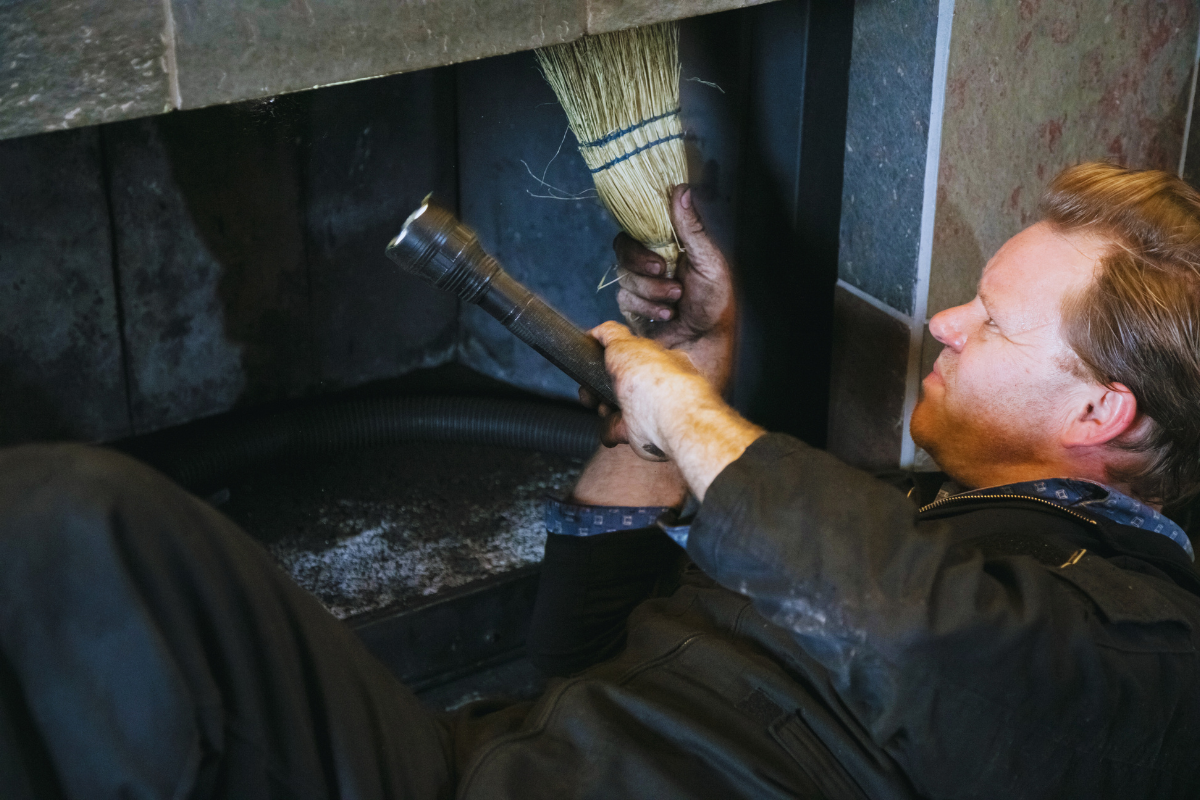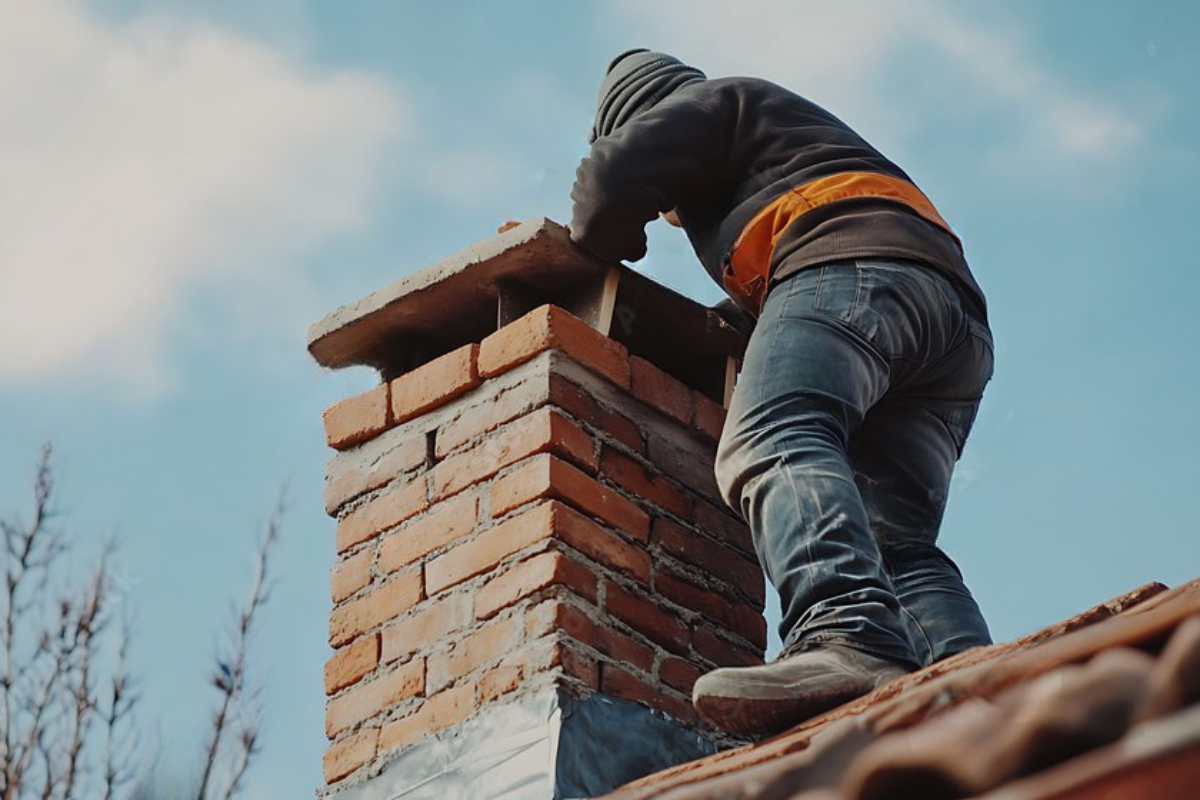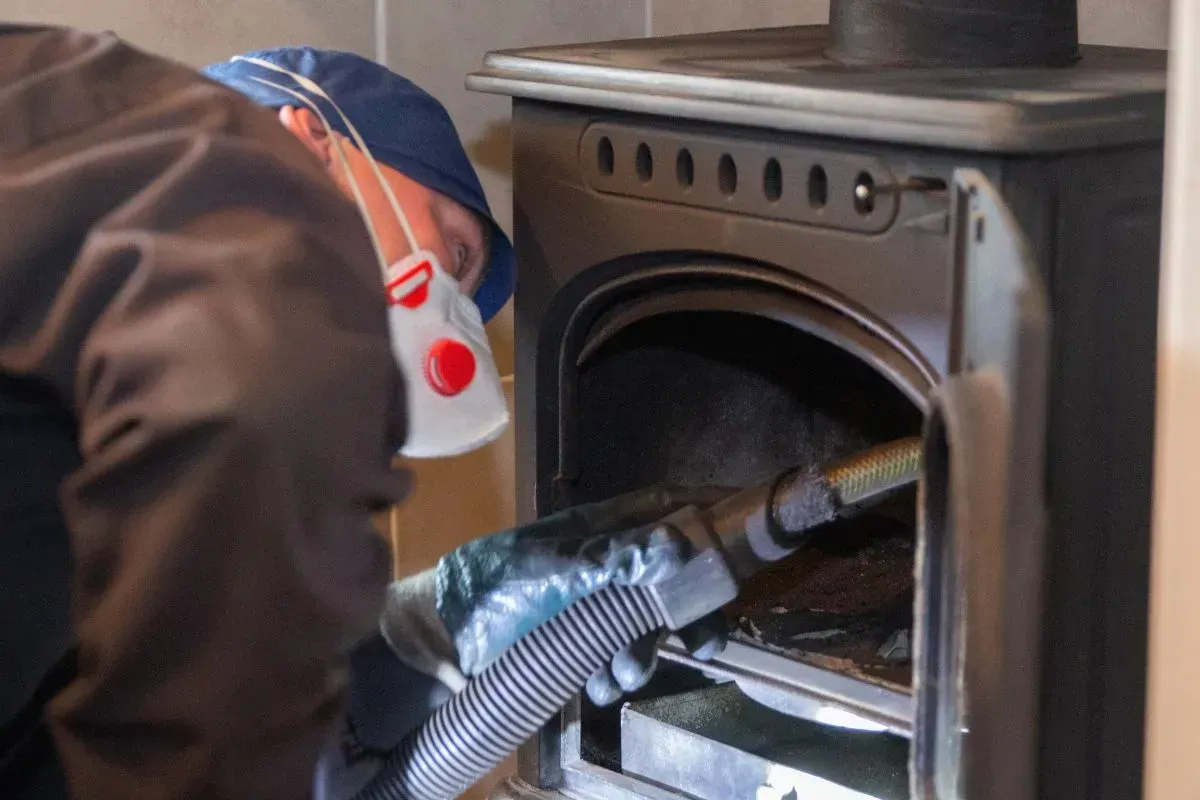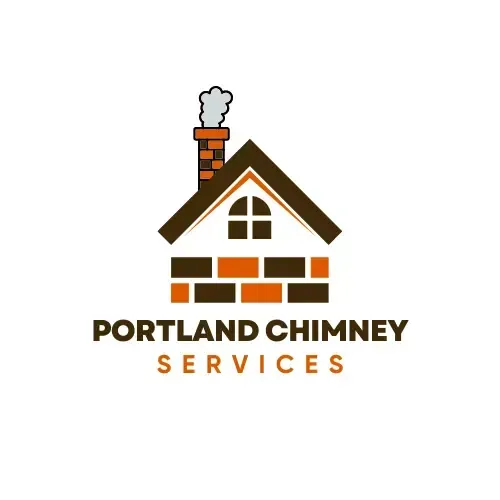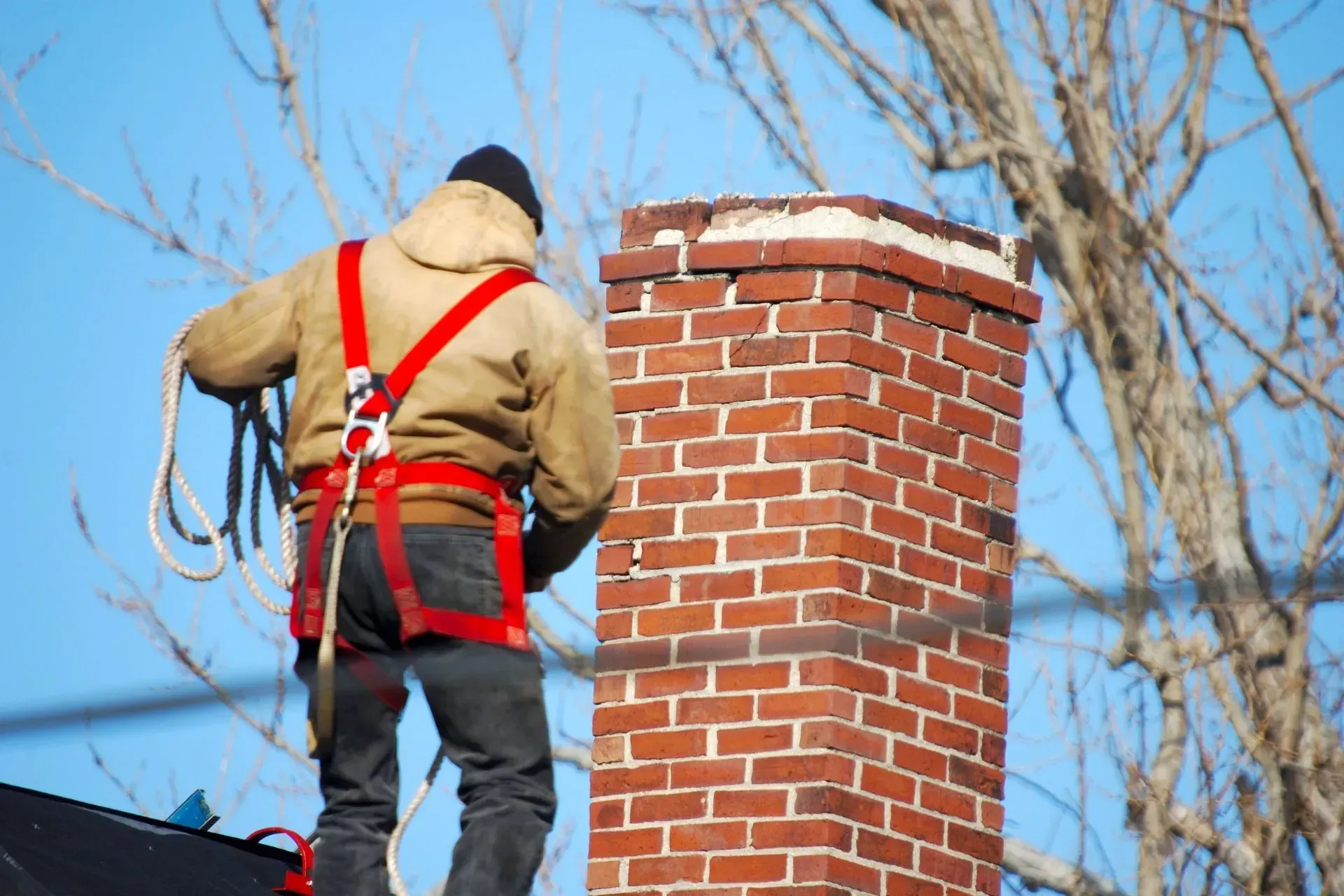What Exactly Is Chimney Waterproofing?
Chimney waterproofing is the process of applying a specialized, vapor-permeable sealant to the exterior masonry of your chimney. Think of it as a protective shield. This sealant is specifically designed to stop water from soaking into the porous bricks and mortar while still allowing any moisture already trapped inside to escape. This "breathability" is a critical feature that sets professional waterproofing products apart from regular paint or sealers that can actually trap moisture and worsen the problem.
The goal is to create a barrier that repels water from the outside, preventing it from seeping into the chimney's structure and causing a cascade of issues. It's a proactive measure that can save you from significant headaches and expenses down the road.
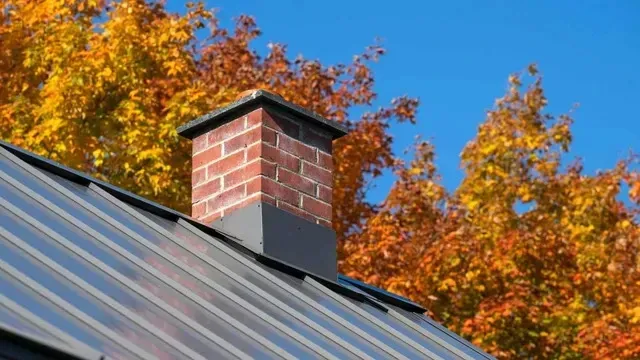
Why Is Waterproofing Your Chimney So Important?
The porous nature of bricks and mortar makes them act like a sponge, absorbing water from rain and snow. This absorbed moisture can lead to a host of problems, especially during freeze-thaw cycles. When the water inside the masonry freezes, it expands, causing cracks and deterioration from the inside out. This process, known as spalling, can cause the brick faces to flake off and the mortar joints to crumble.
Here are the key benefits of waterproofing your chimney:
- Prevents Costly Structural Damage: By blocking water absorption, waterproofing protects the masonry from the destructive freeze-thaw cycle, preserving the structural integrity of your chimney and preventing the need for expensive repairs or a complete rebuild.
- Extends Your Chimney's Lifespan: A dry chimney is a durable chimney. Waterproofing significantly prolongs the life of your chimney by protecting it from the accelerated deterioration caused by prolonged contact with water.
- Protects Your Home's Interior: Water that penetrates the chimney can leak into your home, causing stains on walls and ceilings, rotting wood in your attic and framing, and creating an environment for mold growth.
- Prevents Mold and Mildew: A damp chimney is a perfect breeding ground for mold and mildew, which can pose health risks to your family. Waterproofing keeps the chimney dry, preventing mold growth and ensuring healthier indoor air quality.
- Increases Safety: Water damage can compromise the chimney's flue liner and rust metal components like the damper. This can increase the risk of chimney fires and carbon monoxide leaks.
Signs Your Chimney Needs Waterproofing
How can you tell if your chimney is suffering from water damage? Look for these common warning signs:
- Efflorescence: Have you noticed a white, powdery stain on the outside of your chimney? This is efflorescence, a deposit of salt left behind as water evaporates from the brick. It's a clear indicator that water is being absorbed into the masonry.
- Spalling or Crumbling Bricks: If you see pieces of brick or mortar around the base of your chimney, it's a sign of spalling caused by the freeze-thaw cycle.
- Rust: Rust on the metal firebox, damper, or chimney cap is a tell-tale sign that moisture has been present for some time.
- Water Stains or Dampness: Stains on the walls or ceiling near the fireplace, or a musty smell, are strong indicators of a chimney leak.
- Cracked Mortar Joints: Gaps or cracks in the mortar between the bricks create easy pathways for water to enter.
If you've noticed any of these signs, it's crucial to have your chimney inspected by a professional. At Portland Chimney Service, we have the expertise to assess the condition of your chimney and recommend the best course of action. You can learn more about our comprehensive services here.
The Chimney Waterproofing Process
Professional chimney waterproofing is more than just spraying a sealant. A proper application involves several key steps to ensure long-lasting protection.
- Thorough Inspection: A certified technician will first inspect the entire chimney structure, including the crown, flashing, and masonry, to identify any existing damage.
- Necessary Repairs: Before any sealant is applied, any damage must be repaired. This can include tuckpointing to fix mortar joints, repairing the chimney crown, or replacing damaged bricks. Applying a sealant over existing damage will only trap the problem.
- Cleaning: The chimney surface must be thoroughly cleaned to remove any dirt, moss, efflorescence, or other debris that could prevent the sealant from adhering properly.
- Application: The waterproofing agent is then applied evenly to all exposed masonry surfaces using a sprayer or brush, ensuring complete coverage.
Investing in Your Home's Health and Safety
Chimney waterproofing is a cost-effective, preventative maintenance step that protects one of your home's most vulnerable structures. By investing in this service, you not only extend the life of your chimney but also safeguard your home from water damage, prevent potential health hazards, and avoid much larger repair bills in the future. It's a small price to pay for long-term peace of mind.
If you're concerned about the state of your chimney or want to learn more about protecting your investment, don't hesitate to reach out. The team at Portland Chimney Service has been helping homeowners for years, and you can learn more about us and our commitment to quality work.
Frequently Asked Questions
How long does chimney waterproofing last?
A professionally applied, high-quality waterproofing sealant can last for 10 years or more, depending on the product used and your local climate conditions. Regular inspections are recommended to ensure the protective barrier remains effective.
Can I just paint my chimney instead of waterproofing it?
No, painting a chimney is not recommended. Standard paint can trap moisture inside the bricks, which can accelerate deterioration during freeze-thaw cycles and lead to significant damage. It's crucial to use a vapor-permeable sealant designed specifically for chimneys.
When is the best time of year to have my chimney waterproofed?
The best time to waterproof your chimney is during a period of dry weather. The masonry needs to be completely dry for the sealant to be applied effectively and to cure properly. This typically makes spring, summer, or early fall ideal times for this service.

